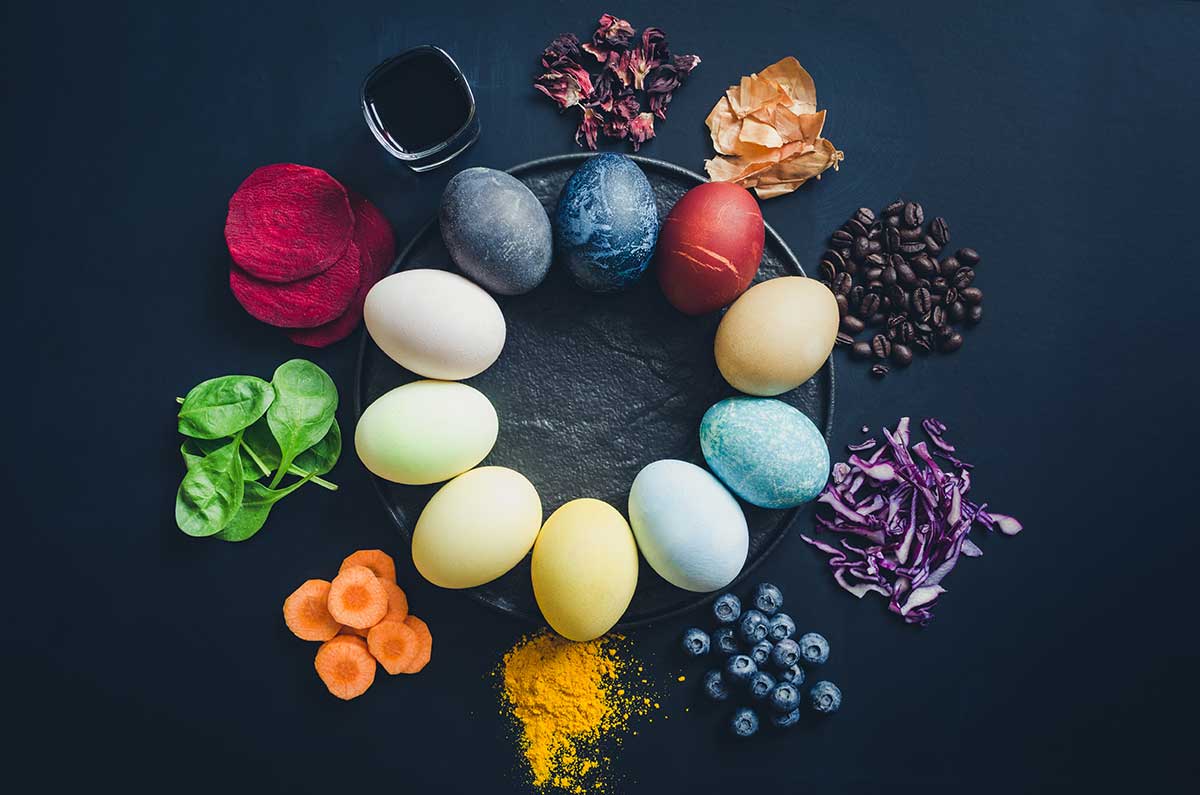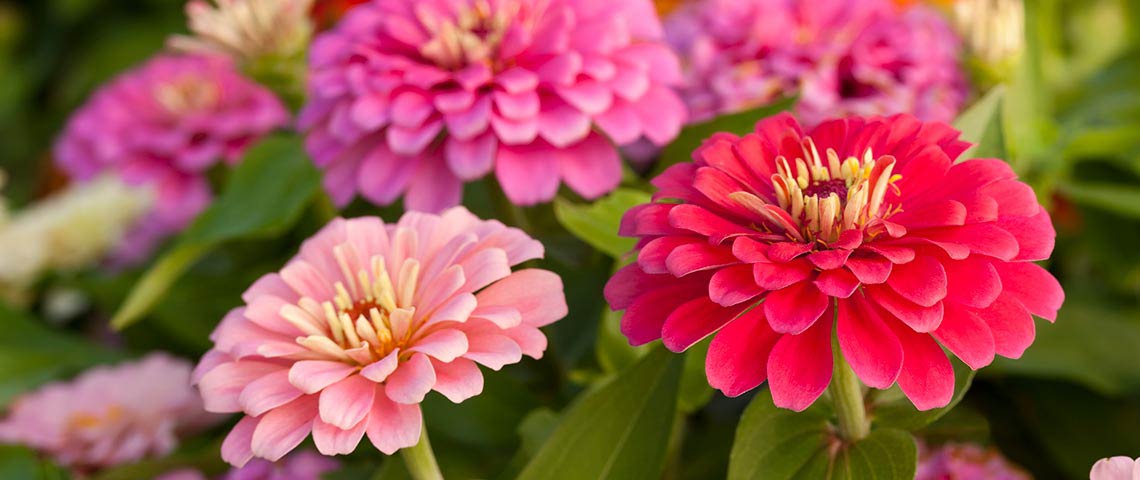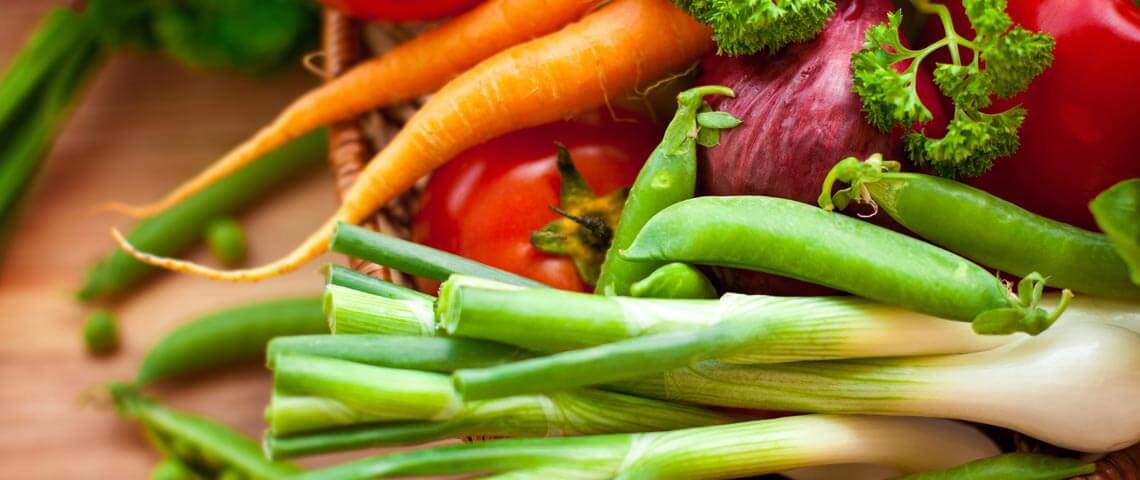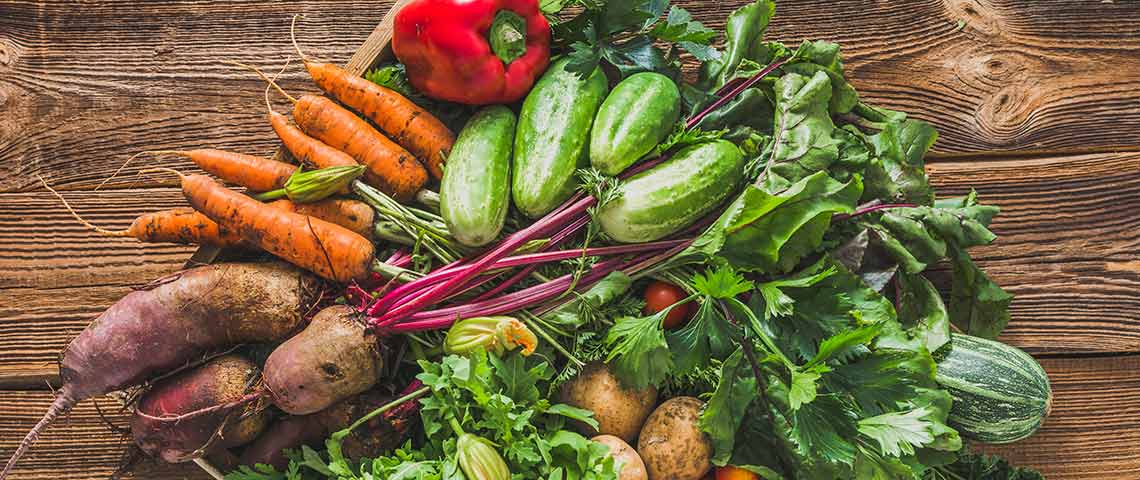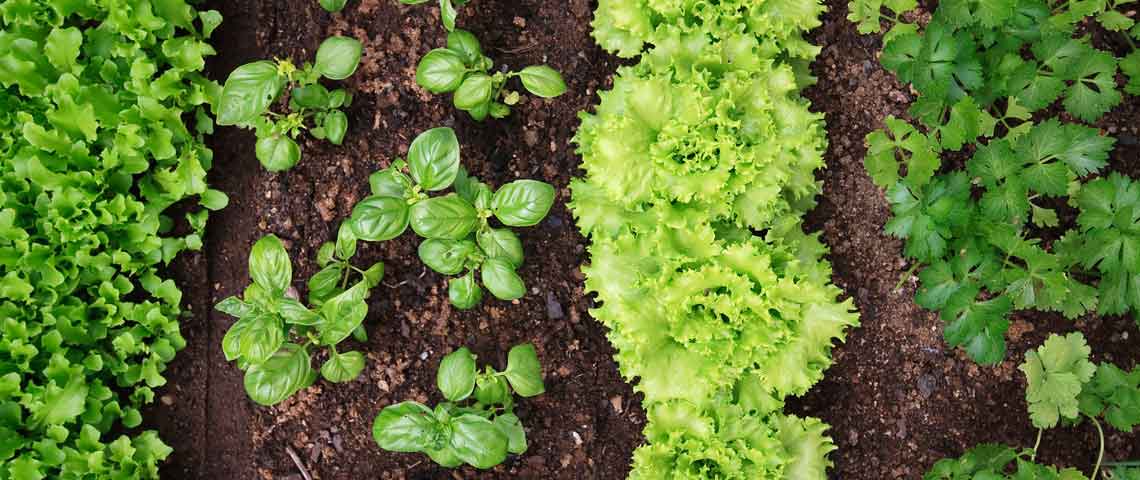How to Make Natural Plant Dyes From Your Garden
Now that you have your own slice of earth for homegrown flowers, vegetables and berries, the sky's the limit on what you can do. Fresh-cut bouquets, pollinator parties and yard-to-table culinary adventures are awesome, but why stop there? Those aren't the only ways garden plants can brighten your home. With natural plant-based dyes from your garden and kitchen, you can invite Mother Nature to color your world and your table year-round.
- Basics for Natural Dyes from Your Garden
- Dyeing Fabrics with Natural Plant-Based Dyes
- Coloring Hard-Boiled Eggs with Natural Dyes
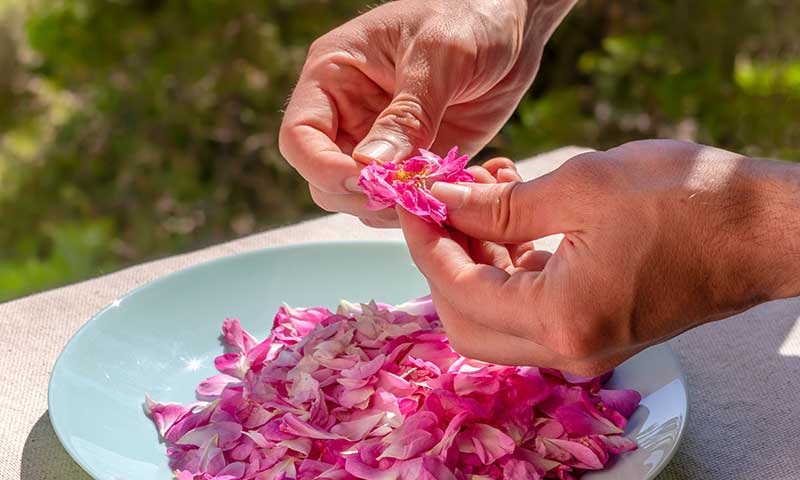
Petals from garden roses and other flowers make soft, subtle dyes.
Basics for Natural Dyes from Your Garden
Any garden root, flower, leaf or fruit that seeps color when crushed or cut makes a good candidate for plant-based dye. If you notice an extra tinge of color on your gloves or fingers when harvesting vegetables or deadheading perennial blooms, that's the perfect place to start.
By nature, plant-based dyes are often subtle. But you can deepen your final color with longer soak times or multiple dips. Dyes and the plants they're made from can stain pots, cutting boards, countertops — and fingers! So don't say you weren't warned. Use a stain-resistant pot or, better yet, dedicate a pot to dyeing. Choose utensils wisely and protect your working surface. Gloves and aprons are also a good idea for anyone in on the fun.
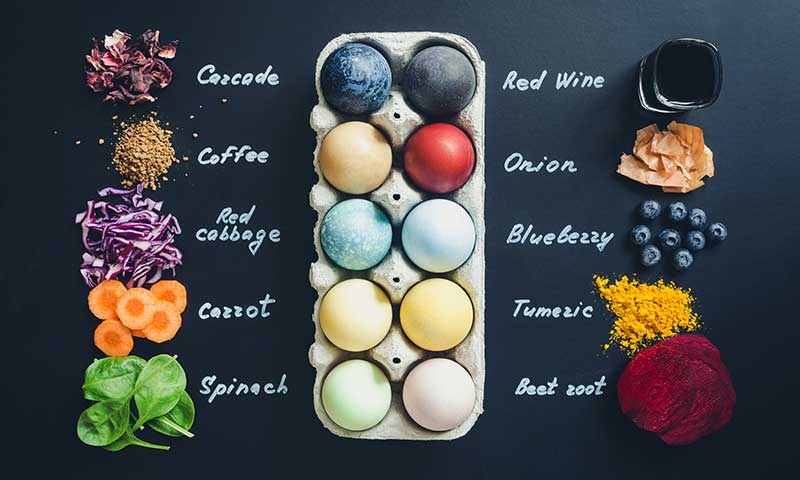
From colored eggs to fabrics, garden veggies and berries can yield surprising colors.
You can create plant-based dyes from flower petals, vegetables and berries harvested just for the occasion. But you can also skip the compost pile with deadheaded blooms or kitchen scraps and use those, too. Stick with one kind of petal or plant for each dye batch so your color stays pure and not muddy. Some of our garden favorites and the natural dye colors they usually produce include:
- Blueberries – purple-blue
- Carrots – soft orange
- Cornflowers – blue and purple
- Marigolds – golden yellows
- Parsley – soft yellows and greens
- Red beets – rich pink
- Red cabbage – bright blue
- Red or pink rose petals – soft pink
- Spinach – yellow-green
- Yellow onion skins – golden brown
Dyeing fabrics and eggs both require boiling water to create your dye. Fabrics go into hot, simmering dye water. But with hard-boiled eggs, you can cool your eggs and your dyes before you dive into coloring — a much better option when you have little ones involved.
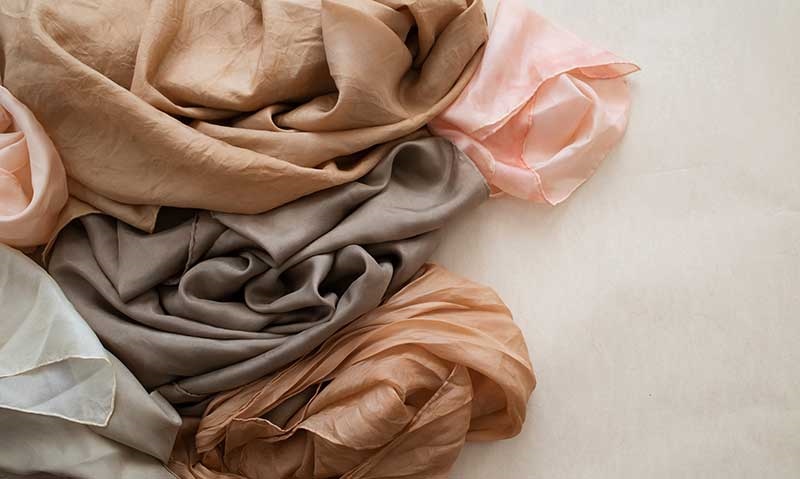
Plant-based dyes work best with natural fabrics, like linen towels or napkins.
Dyeing Fabrics with Natural Plant-Based Dyes
A large piece of fabric can take several cups of petals or veggies, depending on the plant and the color intensity you want. If you're dyeing smaller fabric pieces, like napkins and placemats, a few cups of petals or chopped vegetables — and a much smaller pot — can do the job. Natural fabrics like cotton and linen in whites or neutrals are perfect for plant-based dyes. Pre-launder your fabric to offset shrinkage, then follow these simple steps:
- Soak your fabric in a mixture of 1 part white vinegar to 4 parts cold water for one hour, then rinse in cold water. Don't skip this step; it helps prepare fabric to receive and hold on to color.
- Meanwhile, chop your flower petals or vegetables into smaller pieces, like you would homegrown culinary herbs. For blueberries, slice or poke through the skin. Cut edges help release the color within.
- Place your prepped plant parts in a large pot with twice as much water. Bring the mixture to a boil, then simmer as pigments start to flow.
- Test your dye color with a small swatch of the fabric you want to dye. Plant dyes can yield surprises, so don't skip this step either. Plant colors and dye colors don't always match! Whether you strain the liquid prior to adding your fabric is up to you.
- Use stain-resistant or stainless steel tongs to gently lower your wet fabric into hot dye water. Simmer until you have the color you want — or turn off the heat and let the fabric soak overnight. Colors look darkest when the fabric's still wet; colors mellow as the fabric dries.
- Rinse the plant-dyed fabric in cold water until the water runs clear. Launder the piece in cold water by itself the first time. (So you prevent accidentally dyeing your white shirts and socks!) Then enjoy the soft, nature-inspired hues.

With kids on board, natural dyes can cool to safe temperatures before coloring starts.
Coloring Hard-Boiled Eggs with Natural Dyes
Decorating and dyeing hard-boiled eggs is a holiday tradition for people around the world. But plant-dyed eggs can bring color and panache to your table — or your fridge — any time you'd like. Always stick with pesticide-free edibles as your dye sources for any food you plan to eat. Then follow these simple steps:
- Hard boil your eggs and let them cool. Brown eggs work, but white eggs show colors better.
- Prepare your petals, vegetables or berries as you would for fabric dyeing. Chop or cut pieces so plant pigments flow.
- Add one quart of water, two tablespoons of white vinegar, and your petals or chopped veggies to your pot. Bring the mixture to a boil, and let it simmer until your target color appears.
- Turn off the heat and let the mixture cool. Then strain it into glasses, jars or bowls for dipping.
- Use a spoon or tongs to lower eggs into the dye. Soaking time is up to you. However, longer soaks or multiple dipping intensifies the final color.
- Pat the eggs dry with a paper towel to check your color. Allow them to dry or dip again for round two. Then enjoy the color — and smiles — they bring to your table every day, all year.
We believe life is richer when you connect with nature year-round, from outdoor gardens and houseplants to natural dyes. We've been helping yard and garden dreams come true since 1945 — and now we're here for you. Have a question or a dream to share? We'd love to hear it. We're Pennington. Let us help you nurture your roots.

